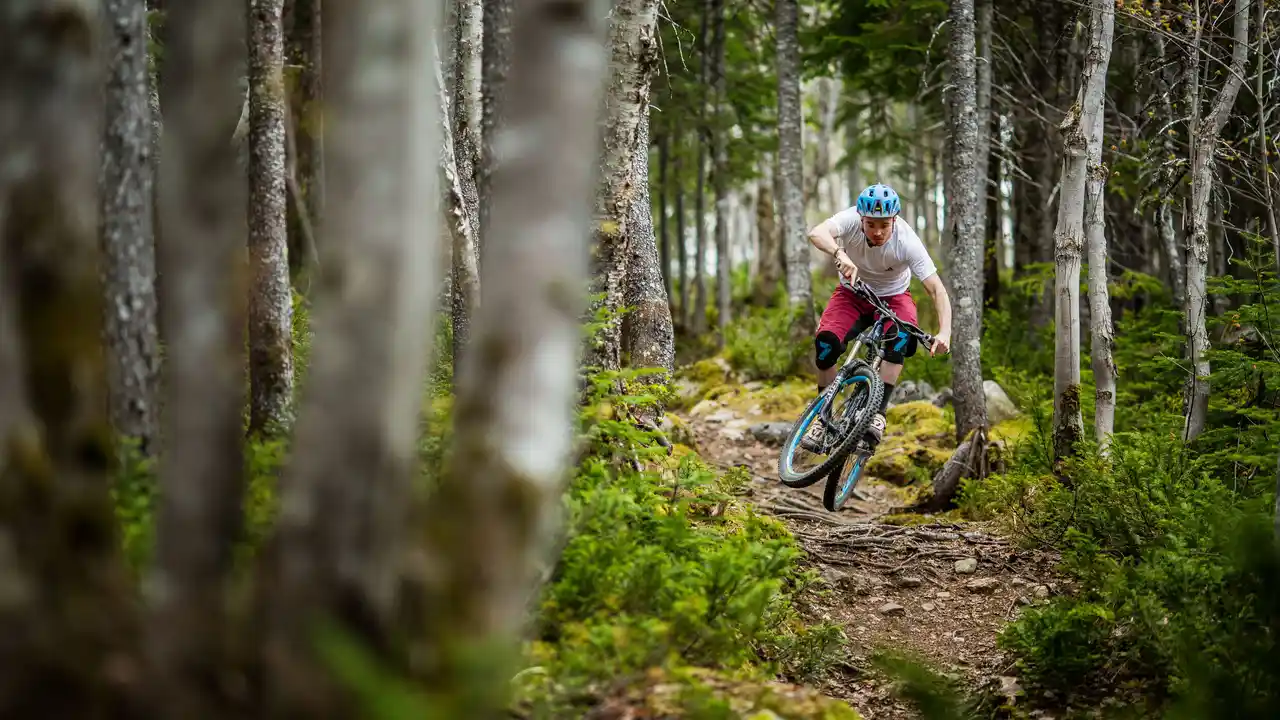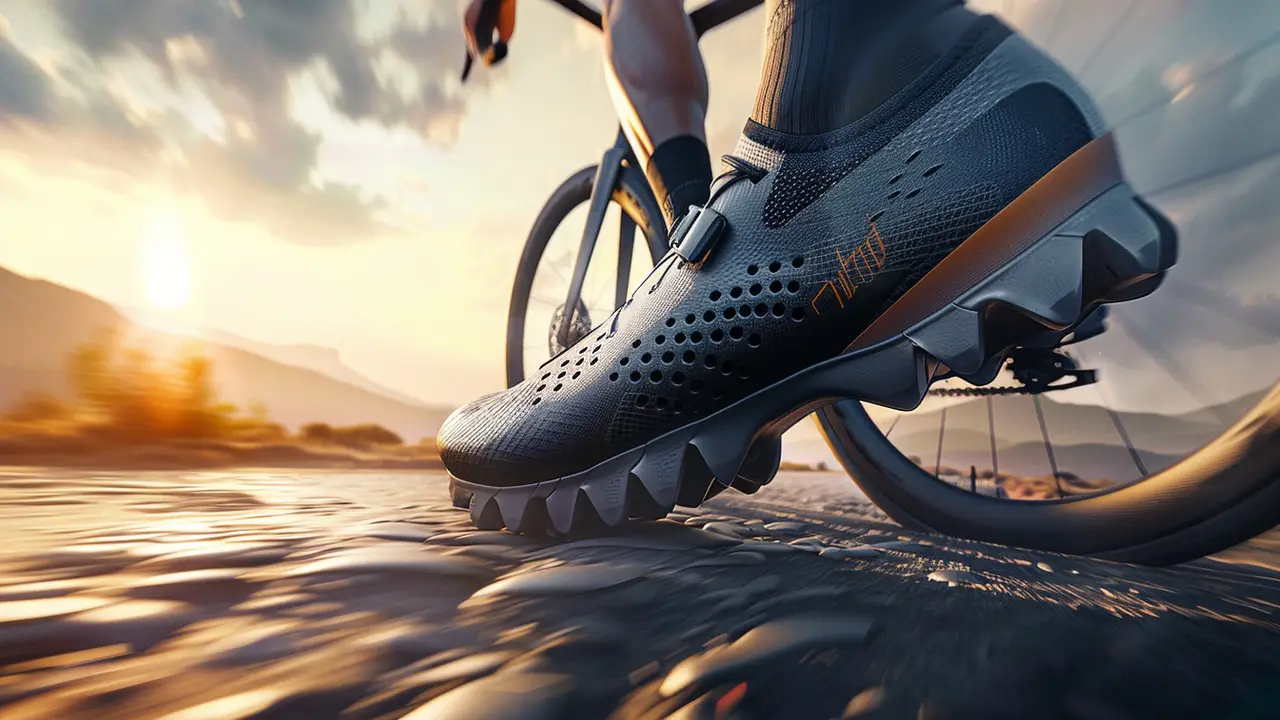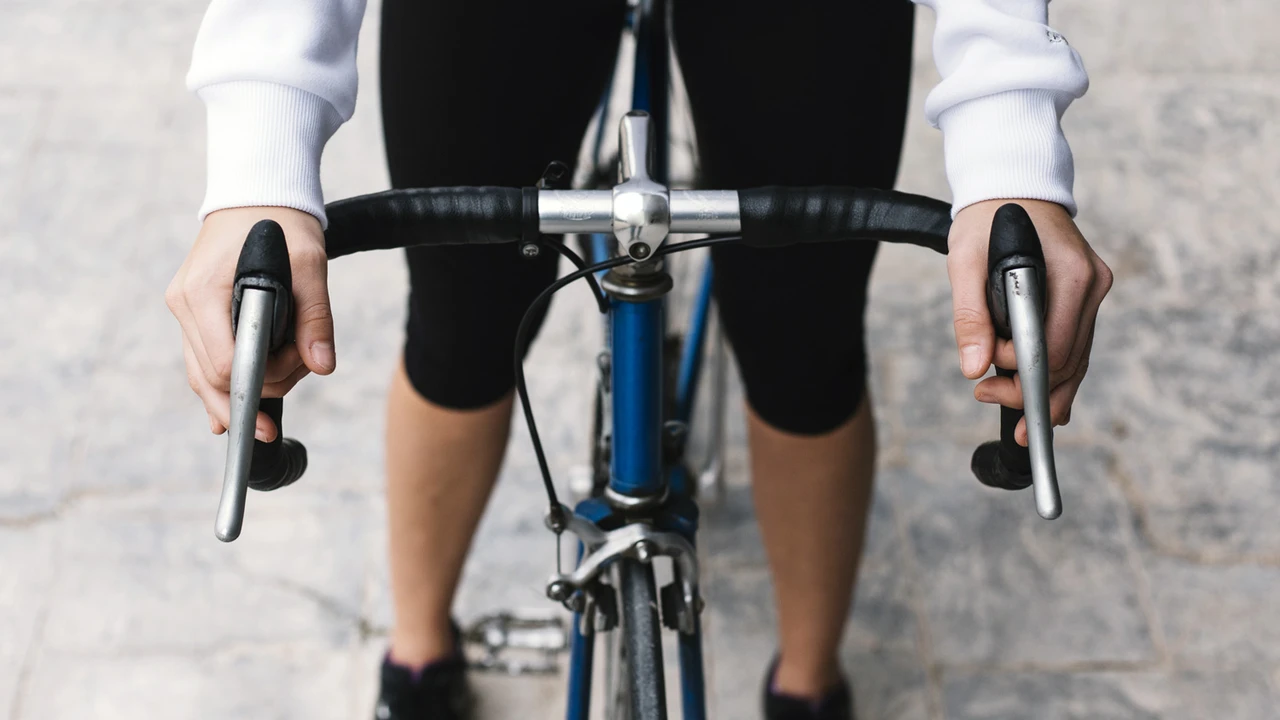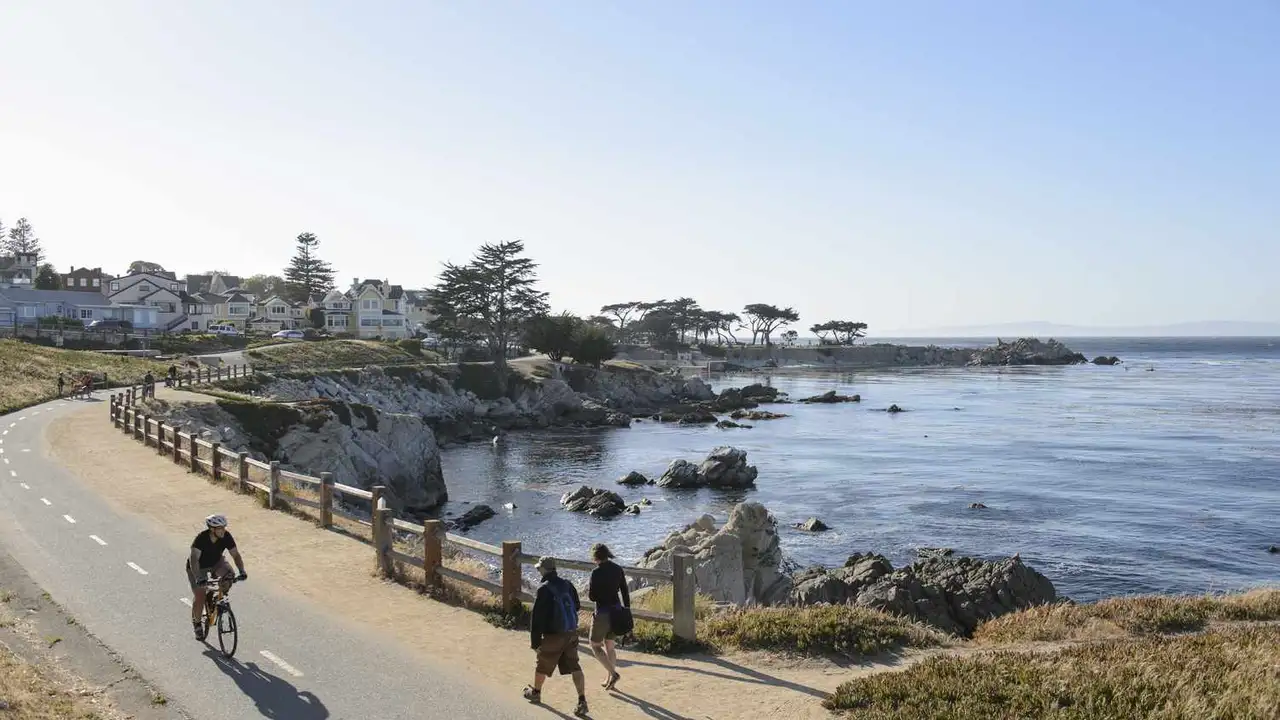5 Top West Coast Adaptive Cycling Events: Reviews
Adaptive cycling events are gaining popularity on the West Coast, offering inclusive opportunities for athletes of all abilities. This article dives into five of the best West Coast adaptive cycling events, providing reviews and insights into each. We'll also explore recommended adaptive cycling products, their uses, comparisons, and pricing to help you gear up for your next ride. Get ready to discover the vibrant world of adaptive cycling and find the perfect event and equipment for your needs.
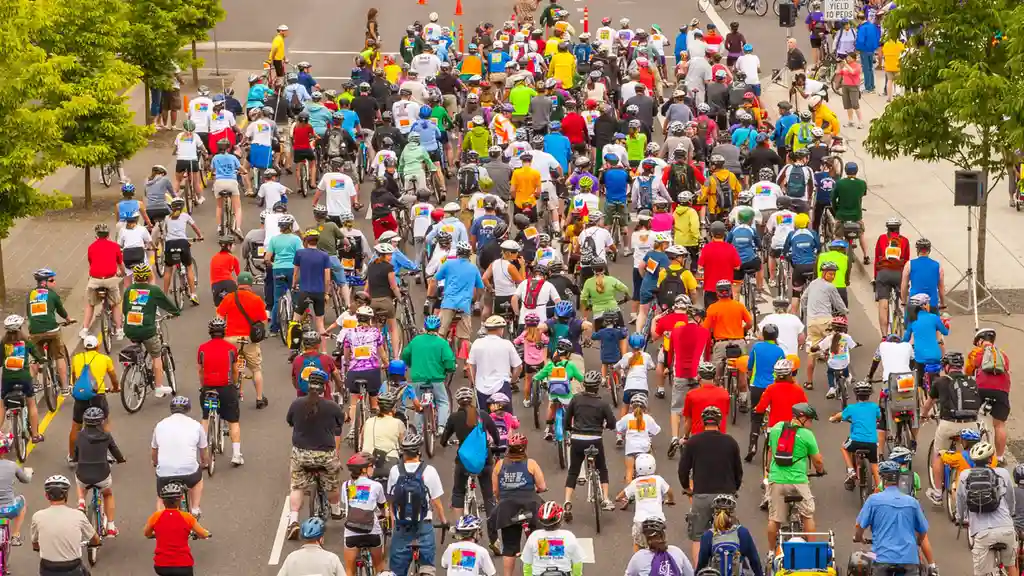
Introduction to West Coast Adaptive Cycling Events and Races
Adaptive cycling is a fantastic way for people with disabilities to enjoy the freedom and health benefits of cycling. The West Coast is home to a thriving adaptive cycling community, with numerous events and races catering to various skill levels and disabilities. These events provide a supportive and inclusive environment for athletes to push their limits, connect with others, and experience the joy of cycling.
Reviewing the Top 5 West Coast Adaptive Cycling Events
Let's take a closer look at five of the best adaptive cycling events on the West Coast, highlighting their unique features and what makes them stand out:
1. The California Adaptive Cycling Challenge (CACC)
The CACC is a multi-day cycling event that takes riders through scenic routes in California. It's designed for cyclists of all abilities and includes various distance options, making it accessible to beginners and experienced riders alike. The event emphasizes camaraderie and support, with experienced ride leaders and mechanics on hand to assist participants.
Key Features:
- Multi-day event with varying distances
- Scenic routes through California
- Supportive and inclusive environment
- Experienced ride leaders and mechanics
2. The Oregon Adaptive Sports Cycle Challenge
Held in the beautiful state of Oregon, this challenge offers cyclists the opportunity to explore stunning landscapes while raising funds for Oregon Adaptive Sports. The event includes different route options, catering to various skill levels. Participants can choose to ride individually or as part of a team, creating a fun and collaborative atmosphere.
Key Features:
- Scenic routes in Oregon
- Fundraising event for Oregon Adaptive Sports
- Different route options for various skill levels
- Team and individual participation options
3. The Washington Adaptive Sports Foundation Ride
This ride, organized by the Washington Adaptive Sports Foundation, aims to promote adaptive sports and provide opportunities for individuals with disabilities to participate in cycling. The event features a variety of route options, including shorter, flatter courses for beginners and longer, more challenging routes for experienced riders. The ride also includes adaptive cycling clinics and workshops to help participants improve their skills.
Key Features:
- Organized by the Washington Adaptive Sports Foundation
- Promotes adaptive sports and provides opportunities for participation
- Variety of route options for different skill levels
- Adaptive cycling clinics and workshops
4. The San Diego Adaptive Cycling Festival
This festival is a celebration of adaptive cycling in San Diego, California. It includes a variety of events, such as cycling races, recreational rides, and adaptive cycling demonstrations. The festival also features vendors showcasing the latest adaptive cycling equipment and technologies. It's a great opportunity to learn about adaptive cycling, connect with other riders, and try out different types of adaptive bikes.
Key Features:
- Celebration of adaptive cycling in San Diego
- Cycling races, recreational rides, and demonstrations
- Vendors showcasing adaptive cycling equipment
- Opportunity to learn about adaptive cycling and connect with others
5. The British Columbia Adaptive Snowsports Cycling Event (Summer Edition)
While primarily known for winter sports, British Columbia Adaptive Snowsports also organizes a summer cycling event. This event focuses on providing opportunities for individuals with disabilities to enjoy cycling in the beautiful mountain environment of British Columbia. The event includes guided rides, adaptive cycling clinics, and social activities. It's a great way to experience the outdoors and connect with other adaptive cyclists.
Key Features:
- Organized by British Columbia Adaptive Snowsports
- Cycling in the mountain environment of British Columbia
- Guided rides, adaptive cycling clinics, and social activities
- Opportunity to experience the outdoors and connect with others
Adaptive Cycling Products and Equipment: A Detailed Guide
Choosing the right adaptive cycling equipment is crucial for a safe and enjoyable riding experience. Let's explore some recommended products and their features:
Handcycles: Exploring Different Types and Models for Adaptive Cycling
Handcycles are a popular choice for individuals with lower limb disabilities. They allow riders to propel themselves using their arms and upper body. There are several types of handcycles available, each designed for different terrains and riding styles.
Top Handcycle Recommendations:
- Top End Force 3 Handcycle: A high-performance handcycle designed for racing and competitive cycling. It features a lightweight frame, adjustable components, and aerodynamic design. Price: $4,000 - $6,000
- Invacare Top End Excelerator Handcycle: A versatile handcycle suitable for recreational riding and fitness training. It features a comfortable seat, adjustable footrests, and easy-to-use hand brakes. Price: $2,500 - $4,000
- Freedom Ryder FRH-1 Handcycle: A durable and affordable handcycle designed for everyday use. It features a steel frame, adjustable seat, and reliable components. Price: $1,500 - $2,500
Handcycle Usage Scenarios:
- Racing: For competitive cyclists seeking speed and performance.
- Recreation: For casual riders looking for a fun and accessible way to exercise.
- Fitness: For individuals aiming to improve their cardiovascular health and strength.
- Commuting: For those who want to use a handcycle as a mode of transportation.
Handcycle Comparison:
When choosing a handcycle, consider factors such as frame material, weight, adjustability, and component quality. High-end handcycles like the Top End Force 3 offer superior performance and adjustability, while more affordable options like the Freedom Ryder FRH-1 provide a reliable and accessible entry point to handcycling.
Tricycles: Stability and Comfort for Adaptive Cyclists
Tricycles provide increased stability and balance, making them a great option for individuals with balance impairments or those who prefer a more stable riding platform. Adaptive tricycles are available in various configurations, including upright tricycles and recumbent tricycles.
Top Tricycle Recommendations:
- TerraTrike Rambler: A comfortable and stable recumbent tricycle with a low center of gravity. It features a comfortable seat, adjustable handlebars, and a smooth ride. Price: $3,000 - $5,000
- Catrike Villager: An upright tricycle with a lightweight frame and responsive handling. It's a great option for riders who prefer a more traditional cycling experience. Price: $2,500 - $4,500
- Sun Seeker Eco Tad SX: An affordable and durable recumbent tricycle designed for everyday use. It features a comfortable seat, adjustable boom, and reliable components. Price: $1,500 - $2,500
Tricycle Usage Scenarios:
- Recreation: For casual riders who want a stable and comfortable riding experience.
- Fitness: For individuals looking to improve their cardiovascular health and strength.
- Therapy: For individuals recovering from injuries or managing mobility limitations.
- Transportation: For those who want a stable and reliable mode of transportation.
Tricycle Comparison:
When choosing a tricycle, consider factors such as stability, comfort, adjustability, and weight capacity. Recumbent tricycles like the TerraTrike Rambler offer a more relaxed and comfortable riding position, while upright tricycles like the Catrike Villager provide a more traditional cycling feel.
Tandem Bikes: Cycling with a Partner for Enhanced Support
Tandem bikes allow two riders to cycle together, providing support and companionship. Adaptive tandem bikes are available with various modifications to accommodate riders with different abilities.
Top Tandem Bike Recommendations:
- Co-Motion Primera Tandem: A high-performance tandem bike designed for long-distance touring and recreational riding. It features a lightweight frame, durable components, and comfortable seating. Price: $5,000 - $8,000
- Santana Sovereign Tandem: A versatile tandem bike suitable for various terrains and riding styles. It features a strong frame, adjustable components, and reliable brakes. Price: $4,000 - $7,000
- Giant Cypress DX Tandem: An affordable and comfortable tandem bike designed for recreational riding. It features a sturdy frame, comfortable seats, and easy-to-use controls. Price: $1,500 - $2,500
Tandem Bike Usage Scenarios:
- Recreation: For couples or friends who want to cycle together.
- Training: For cyclists who want to train together and improve their performance.
- Assistance: For individuals with visual impairments or other disabilities who need assistance with cycling.
- Socializing: For cyclists who want to enjoy the social aspects of cycling with a partner.
Tandem Bike Comparison:
When choosing a tandem bike, consider factors such as frame material, weight capacity, component quality, and adjustability. High-end tandem bikes like the Co-Motion Primera Tandem offer superior performance and durability, while more affordable options like the Giant Cypress DX Tandem provide a comfortable and accessible tandem cycling experience.
Additional Adaptive Cycling Equipment and Accessories
Beyond the main types of adaptive bikes, several other pieces of equipment and accessories can enhance your riding experience:
Adaptive Pedals and Cranks
These modifications can help riders with limited range of motion or strength to pedal more effectively. Examples include pedal extensions, crank shorteners, and foot retention systems.
Specialized Seating and Support Systems
Comfortable and supportive seating is crucial for long rides. Options include custom-molded seats, adjustable backrests, and lateral supports.
Electronic Shifting Systems
Electronic shifting systems make it easier to change gears, especially for riders with limited hand function. These systems use electronic controls to shift gears with the touch of a button.
Handlebar Modifications
Handlebar modifications can improve grip and control, especially for riders with hand impairments. Options include ergonomic grips, bar extensions, and adjustable handlebars.
:max_bytes(150000):strip_icc()/277019-baked-pork-chops-with-cream-of-mushroom-soup-DDMFS-beauty-4x3-BG-7505-5762b731cf30447d9cbbbbbf387beafa.jpg)



